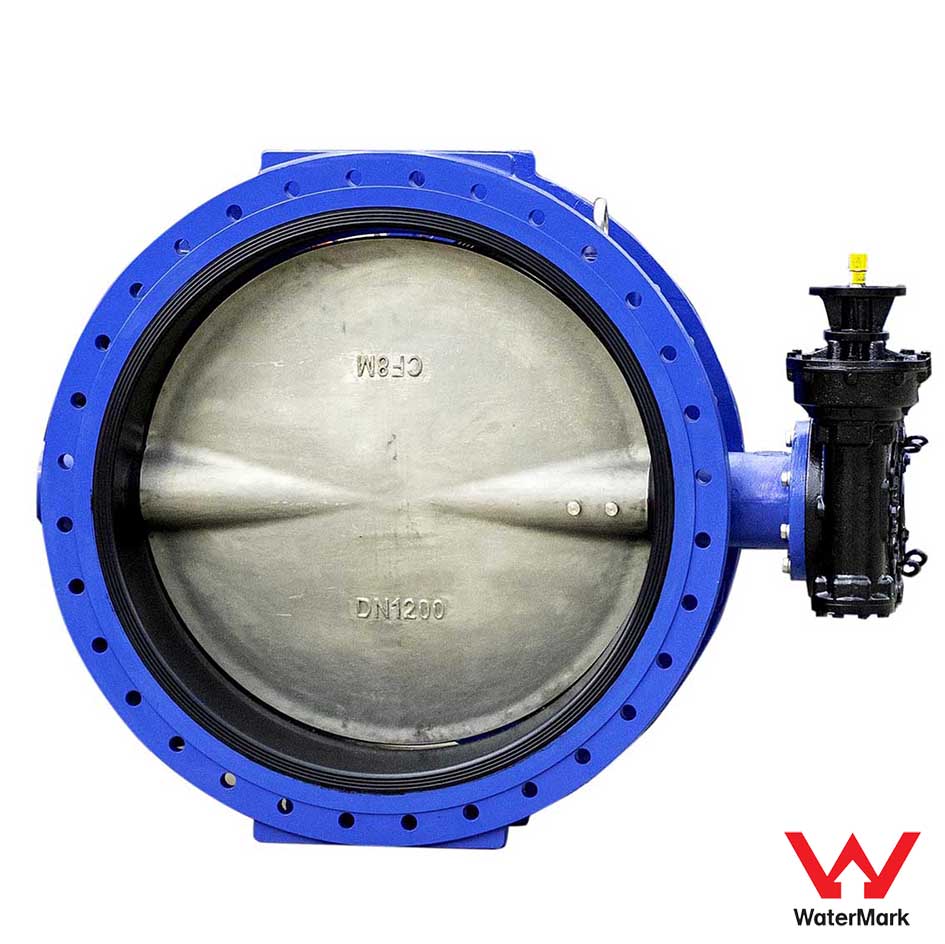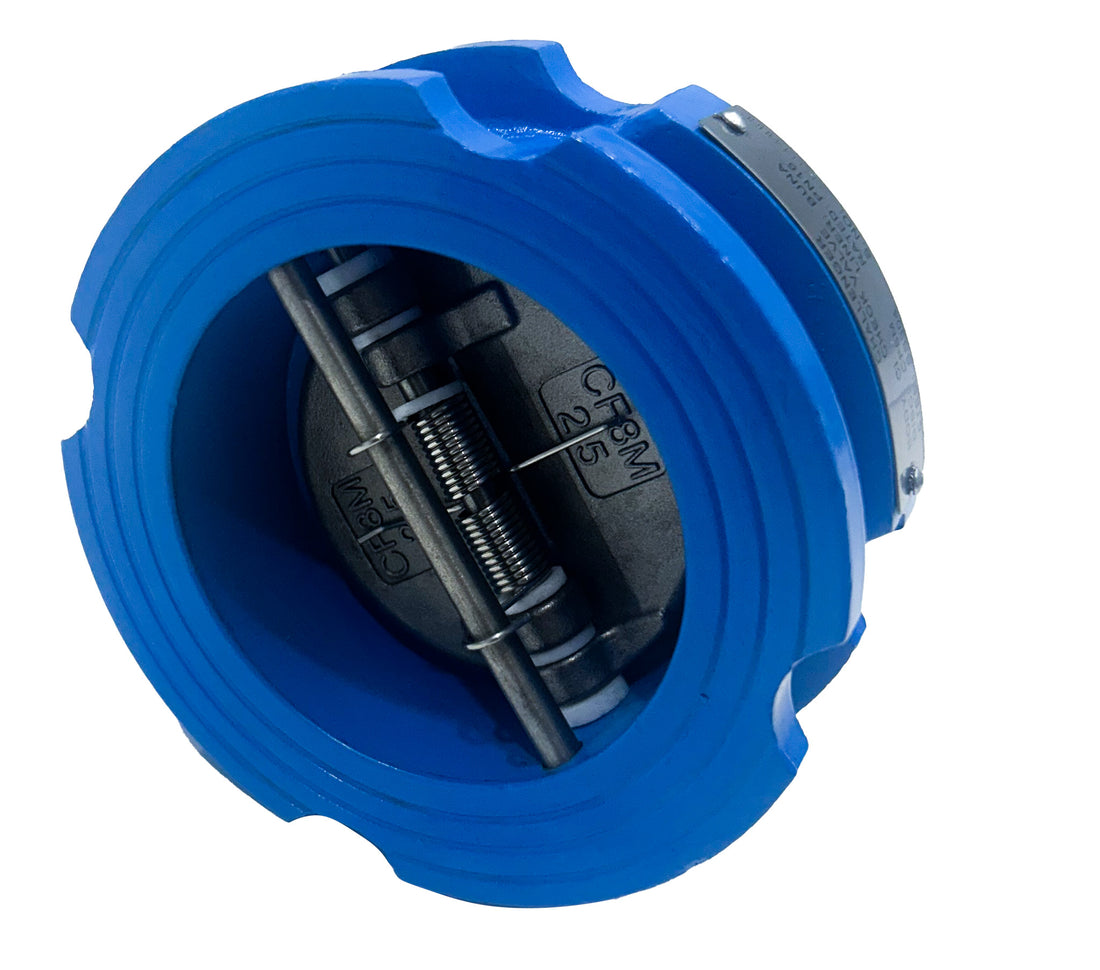
The Vital Role of Water Valves in Australia's Drought Management
News
As the driest inhabited continent on our planet, Australia is well-versed in the challenges posed by drought. Frequently battling aridity, the nation has had to develop robust strategies for managing its water resources. Amidst these strategies, one component stands out for its crucial role: the unassuming water valve. These mechanical devices are instrumental in managing and optimising the use of our limited water supplies.
Water valves serve as the gatekeepers to our water distribution systems. By controlling the flow and pressure of water, they ensure that this vital resource is judiciously distributed, reaching the places where it's needed most. In periods of drought, the role of water valves in mitigating water scarcity becomes incredibly significant. Efficient valve systems allow for precise control over water distribution, thereby minimising wastage and ensuring that every drop counts.

In recent years, we've seen a surge in technological advancements that have fundamentally improved the functionality of water valves and, by extension, the efficacy of our drought management strategies. One such breakthrough is the advent of smart valves. These high-tech devices, equipped with sensors and connected through the Internet of Things (IoT), can provide real-time data on water usage and detect leaks in the system with impressive accuracy. This swift detection facilitates prompt repairs, curtailing unnecessary water loss and contributing substantially to our water conservation efforts.
Australia's water infrastructure also leverages the benefits of pressure reducing valves (PRVs). PRVs are designed to control and adjust the pressure of the water supply in different zones of the distribution network. This fine-tuning not only prolongs the lifespan of our water supply system but also substantially reduces water loss caused by over-pressurisation — a crucial factor in managing water use during drought conditions.
However, the role of water valves extends beyond efficient distribution and conservation. They are also integral to our wastewater recycling initiatives. Water valves direct wastewater to treatment facilities, where it is processed and repurposed for various applications, including irrigation and landscaping. This recycling process reduces the demand on our freshwater resources, ensuring we maximise the utility of every drop of water.
Additionally, the water valve industry is making strides in sustainability, with a growing focus on developing valves that are more durable, require less maintenance, and are made from eco-friendly materials. This shift not only enhances the longevity and performance of our water systems but also aligns with our broader environmental goals.
In conclusion, the importance of water valves in Australia's drought management strategies cannot be overstated. These unsung heroes of our water supply network, though unseen and often unacknowledged, are indispensable in our ongoing battle against drought. As we prepare for the future and the increasing water scarcity challenges it may bring, it's clear that our commitment to investing in advanced water valve technologies and systems is more important than ever. The path towards a sustainable and reliable water future isn't just about securing more water; it's about smarter, more efficient control of the resources we already have.












